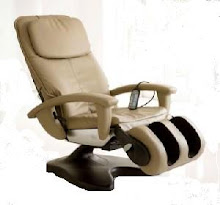However, when walking starts to become a problem there are a number of options available.
The first is to use a simple aid like a walking stick, but this may not suffice and then we are left with a number of options that range from using a wheelchair or mobility scooter to walking with the aid of a frame.
Not too many years ago these walking frames, commonly called “zimmer frames” in Britain (after the main manufacturer of the product) were primitive. They also had a reputation associated with “immobility” – the opposite of their intended use.
Over the intervening years many advances have subsequently taken place. These changes have seen these walking frames adopt wheels and even brakes and now they are a genuine mobility aid that can be used outside the home every bit as much as within it. Here are the main choices.
The old style four legged frame that you lift and move forward is still going strong. But there is a slightly more advanced version that has small wheels on its front legs which allow it to be pushed rather than lifted forward.
Today this type of frame has though been largely superseded by the new style “rollator” walking frame.
The rollator has either 3 or 4 wheels on each of its (3 or 4 legs) and these wheels mean that the rollator can be pushed with ease. Large tyres mean that this type of walking aid can be used outdoors and on a surface that is not perfectly even.
Brakes allow the rollator to be stopped, or for its speed to be controlled, and handlebar grips give it a feel of control and stability. Other attributes that set it apart from the old style frames are carrying compartments and a seat area that lets the person using it stop and rest at any time.

No comments:
Post a Comment